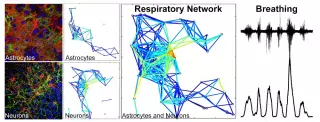News archive
On this page you can search for older news. Choose a topic, type of news or enter your own keyword to filter out news.
View compact

Air pollution is one of the most significant health threats in the world. In Sweden, air quality is improving, but in other parts of the world, the trend is going in the wrong direction. At the same time, research shows that even very low levels of pollution, below legal limits, harm our health.
News
People with asthma are particularly sensitive to air pollution, which can exacerbate their symptoms. Here, Liselott Florén explains how air quality affects her daily life.
News
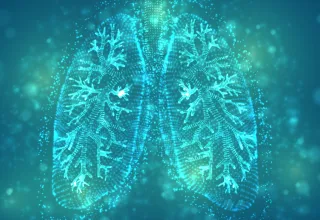
Early diagnosis of COPD, chronic obstructive pulmonary disease, increases the quality of life of the patient and the efficacy of available treatments. Researchers at Karolinska Institutet have now shown that material from nasal lavage provides a basis for assessing COPD. The study, which has been published in the Journal of Allergy and Clinical Immunology, could lead to a simple diagnostic method for early assessment of COPD.
News

An abnormal BMI in children – be it high or low – can now be associated with impaired lung function, but if their BMI is normalised before they reach adulthood, the impairment can be offset, researchers from Karolinska Institutet report. Their results, which are based on data collected under the BAMSE project, are presented in The European Respiratory Journal.
News
Hi Andreas Rydell doctoral student at the Division of Family Medicine and Primary Care. On November 7 you will defend your thesis "Impaired lung function and the development of cardiovascular disease". What is the main focus of the thesis?
News

The use of new nicotine products such as white snus and e-cigarettes has increased significantly among young people in Sweden. Marketed as tobacco-free, these products often contain high levels of nicotine and are flavoured in ways that attracts new target groups. But what do we really know about the risks?
News

From our first breath, our lungs are exposed to microorganisms, such as bacteria and viruses. Thanks to immune cells in the lungs, so-called macrophages, we are protected from most infections at an early age. In a new study published in the Journal of Experimental Medicine, researchers from Karolinska Institutet show how lung macrophages develop; new findings that can help to reduce organ damage and that are significant for the continued development of important lung disease treatments.
News
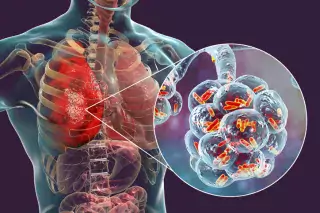
Researchers at Karolinska Institutet report that a recently discovered inflammatory mediator, interleukin-26, appears to have an important role in pneumonia and contribute to the killing of bacteria. The study is published in the scientific journal Frontiers in Immunology - Microbial Immunology.
News
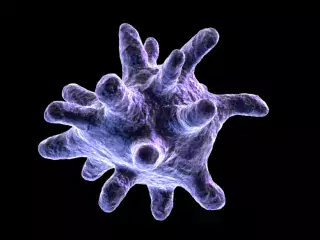
In some cases, immune cells in the lungs can contribute to worsening a virus attack. In a new study, researchers at Karolinska Institutet describe how different kinds of immune cells, called macrophages, develop in the lungs and which of them may be behind severe lung diseases. The study, which was published in Immunity, may contribute to future treatments for COVID-19, among other diseases.
News

Early-life events, such as the exposure to air pollutants, increases the risk of chronic lung disease in young adulthood, according to new results by researchers at Karolinska Institutet, Sweden, published in the European Respiratory Journal and Thorax. The studies add to the growing evidence that chronic lung disease in adulthood can be traced back to childhood.
News

In severe cases of COVID-19, a massive release of the endogenous protein HMGB1 in the lungs may contribute to pulmonary inflammation and tissue damage, according to a recent review article published in the journal Molecular Medicine. The researchers conclude that the inflammation could hypothetically be treated with an HMGB1 inhibitor.
News
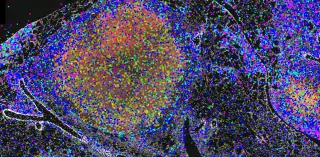
The picture above shows a tuberculosis (TB) infection in a mouse lung, in which immune cells form a granuloma around the bacteria. The different symbols represent working copies of active genes, called messenger RNA, which are different in the granuloma centre in comparison to the surrounding cells.
News


